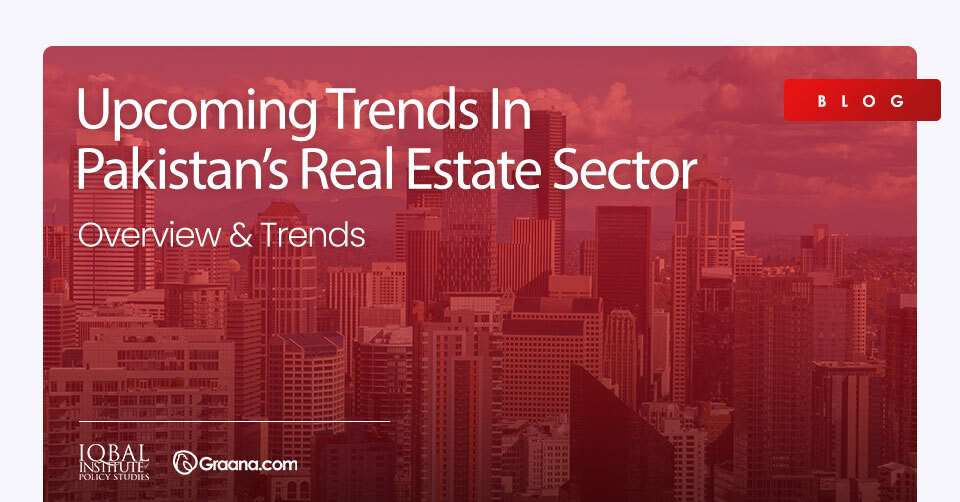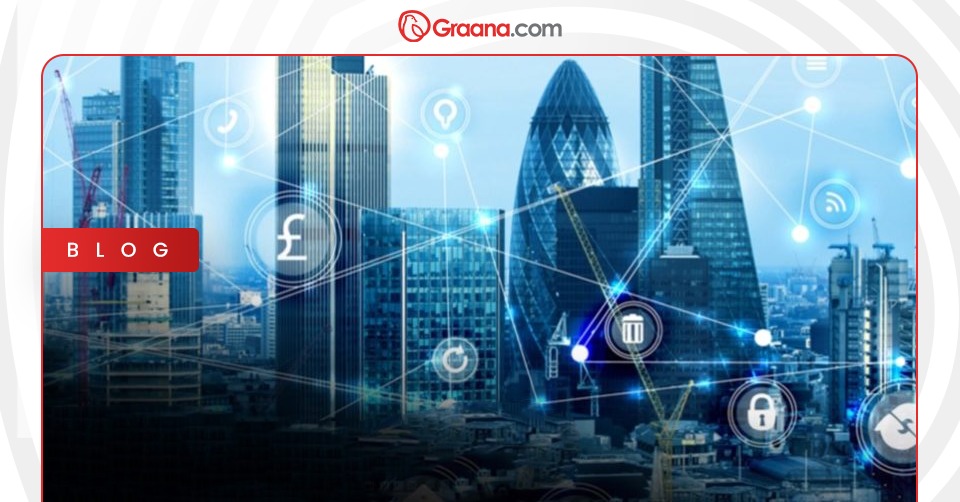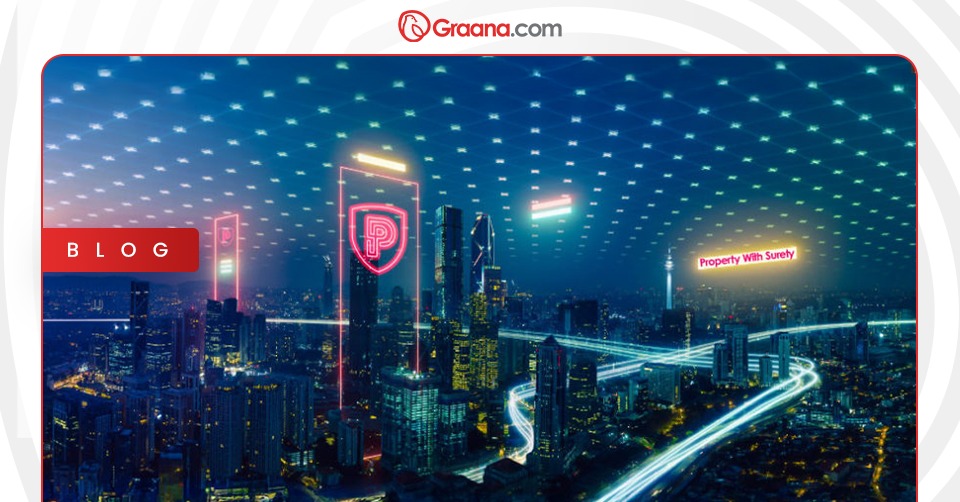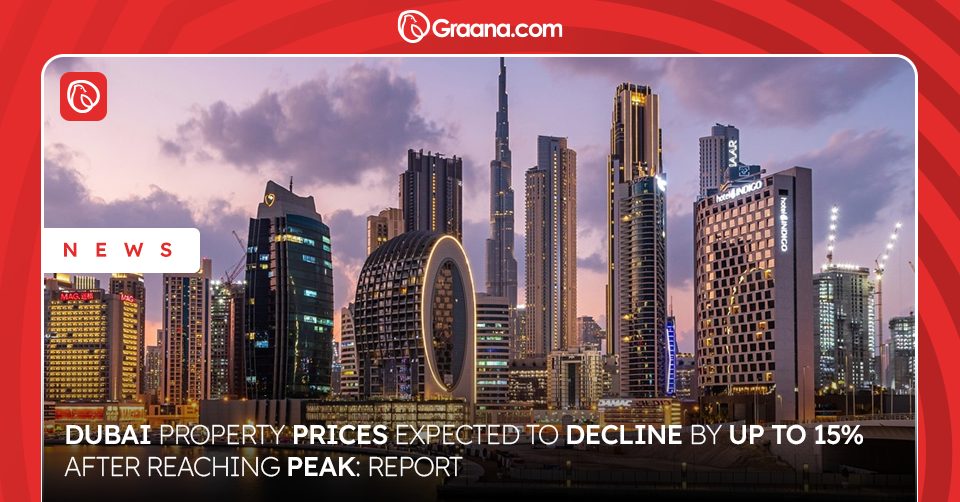Introduction
The real estate market plunged when the COVID-19 outbreak occurred. The lockdown had a tremendous impact on the real estate market because of the declining macroeconomic indicators and investors’ rapidly changing socio-economic needs. Commercial real estate investment also observed a significant shift in use patterns and investment trends. Although the land development sector is continuously evolving, there are some trends real estate investors can expect in the real estate sector of Pakistan. Most of these developments are subjected to events and government regulations. The real estate sector’s story not only influences the growth of the industry itself or the allied industry, but it also plays a pivotal role in economic recovery, population movement, and consumer demand.
The real estate sector of Pakistan was in a significant slump before the incumbent government took numerous actions to revamp the industry to become an engine of economic growth. Targeted subsidy schemes and tax relaxations were allowed for the construction sector to boost employment and economic activity. Also, due to the launching of a tax amnesty scheme, many projects were registered, which would allow investors to invest in them without declaring their source of income. This allowed for more significant activity in the sector from local and foreign investors. However, most of those who invested in Pakistan’s real estate sector faced multiple challenges in legal documentation and verification of project details.
Overview of the Real Estate Sector
Pakistan’s real estate sector is characterised by investment and speculation instead of developing and delivering projects. It is common practice among investors to hold residential and commercial plots to sell them later at an inflated price. However, this leads to roadblocks in the actual development of housing and commercial infrastructure, which the country direly needs in the face of a 10 million housing unit shortfall and demand. Furthermore, it can be observed that most urban cities are reaching the limit of urban expansion into agricultural lands. With massive rural to urban migrations still taking place, cities have become increasingly challenging to accommodate residents in formal housing. Therefore, many people are forced to live in squatter settlements and are deprived of basic urban amenities such as clean drinking water, proper sewerage, electricity, and waste disposal services. In the face of these challenges, specific new trends have emerged which provide hope for the growth of infrastructure that will help in reducing the housing shortfall in significant cities. Also, keeping in mind the need for sustainable development of cities and making cities attractive for a rising generation of millennials, technology is increasing in the real estate sector.
Upcoming Trends in Residential Real Estate
An Uptick in Demand for Apartments and Condominiums
A great demand for housing and rising prices of existing infrastructure has affected the residential market. The housing market of Pakistan is currently a seller’s market, which implies that the availability or supply of houses is low, and demand is high. With an acute housing shortfall of more than 10.3 million, prices continue to rise, and sellers have an economic edge in the bargain. Monetary inflation is continuously increasing the cost of living, lowering down the rate of purchase and increasing the price of purchase. These factors, in combination, are affecting the housing market in several ways. Buyers are now shifting towards small houses, apartments, or condominiums. In Pakistan, real estate companies and developers are rigorously investing in flats to promote a more cost-friendly lifestyle. This provides people with the option to attain their own house at a significantly lower price.
Increase in Smart Living Technologies
The concept of intelligent living involves using technology-driven innovative solutions to create more efficient, economic, productive, and sustainable living spaces. Pakistan’s real estate sector is already working on the concept of providing smart living in different cities, including many projects in Lahore and Islamabad. The proposed smart cities aim to become a self-analysing, data-driven city which enhances the individual living experience on its own. Real estate experts and companies believe that socio-economic issues related to land and real estate, including rapid urban sprawl, deforestation, scarcity of fresh water, and increasing pollution can be reduced by adopting the idea of smart cities. Pakistan’s real estate sector has observed an increase in the creation of smart cities and thus encouraging smart living.
Increase in Residential Areas in Suburbs
In Pakistan, there has been an uptick in the number of residential housing projects in city suburbs in major metropolitan cities. The trend of living in the suburbs is a preferred accommodation choice for those who cannot afford to rent or buy a house within expensive city centres. The rise of residential real estate in suburban areas can be attributed to the need for a balanced approach to urban development. Considering the increase in suburban residential areas and housing schemes, the real estate sector along with the local government needs to devise ways to connect the inner city with the suburbs so that citizens’ commute becomes easy and convenient. Istanbul and Beijing developed their suburbs as residential spaces to ease pressure on main city centres and make living in major metropolitan areas easier. In Istanbul, the outskirts of the city are comprised of informal development spread across a large area. On the other hand, Beijing has developed a high-density suburban area to accommodate its growing urban population.
The rise of suburbs is an inevitable process; however, growth can be regulated in a way to provide affordable housing units to low and middle-income groups. On the international scale, suburbanization (development of suburbs for residential living) is a significant trend. Pakistan needs to work on developing suburbs per international standards in order to provide a high quality of life for its residents.
Conclusion
The residential real estate sector is the largest part of the real estate market. With a growing urban population, there is a rapidly increasing demand for housing, especially in the middle and lower-income classes. Residential real estate investors are now focusing on smaller houses, apartments, and condominiums to live in the city centre. With the increase in technology and data-driven insights, there is also an observed increase in smart living.




